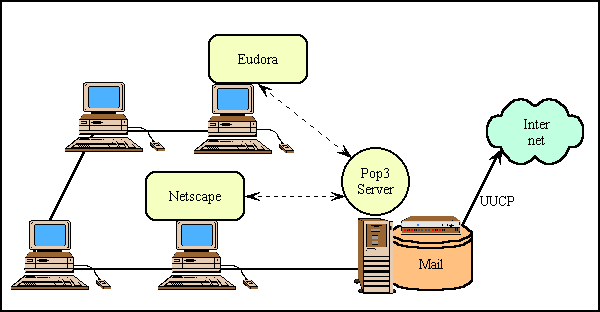Language forms the biggest barrier to computer literacy in Bangladesh, and when less than 15% of the population has access to electricity, and a far smaller fraction owns computers, it is clear that only the wealthy will have access to this technology. Here, a modem costs more than a cow. Yet this technology and this associated language both exist. (a) This is the new media reality in Bangladesh. The main objective of our work should look at the present situation and future prospects of the new media in rural Bangladesh. How the digital opportunity can be used to provide benefits to the poor in rural areas? What type of change will occur in Bangladeshi culture? How will Bangladesh handle Global information culture and protect herself through the implementation of the ‘Glocalization’ (b) concept and effective use of visual communication. In this context we have to search what type multimedia education and contents are necessary for community development.
The most crucial problem for Bangladesh is the lack of ICT leadership and strategy both in Government and NGO level, which come from the lack of technical knowledge and expertise of senior citizens who are policy makers and top of the society. Here more than 90% of people haven’t even seen computer yet! In this reality how can ICT play an important role? How can the leadership gap between senior and new generation can be resolved? How can the digital divide between village and city, poor and rich can be solved?
All ICT service providers in Bangladesh now are focusing predominantly on the city area, not interested to the village, even though 80% population of the country lives in village. All are reluctant with the prejudice that village is not a profitable region, even though there is a great prospect and need for ‘Rural Internet’ program as like as ‘Grameen Phone – (c)’ program.
The large number of NGO network of Bangladesh can play important role if ICT initiatives could be started. Government can also take initiative as like as 80s’decades’ Radio and TV promotion through local government institutions.
Important research is needed to find out how ICT can play an important role to poverty elevation in rural society. What type of prospect can be provided to solve the unemployment and middlemen exploitation chain? How can a farmer easily get the latest information about the agriculture products and modern cultivation? How can a citizen get easy access to government services to ensure high quality life and equal opportunity by consuming time, distance and administrative complexity? How can new media communication in Bangladesh encourage the people’s participation widely to establish good governance, human rights and democracy?
…………………..
Notes:
a When a modem costs more than a cow (by Dr. Shahidul Alam, Dhaka, 30th April,1999, http://www.bytesforall.org/2nd/shahidul1.htm :)
b Glocalization: The technology that makes it easier to fly around the world is also making it easier to bring the world together. That is why Glocalisation is a better description for what is happening in the world today. It is not just making things bigger, it is also making them a lot smaller. Peace and prosperity are much more likely when we all feel part of the same neighbourhood. Only Glocalisation looks like achieving this…..(By Jason Falinski, August 2000 http://www.regional.org.au/articles/government/glocalisation.htm )
c Grameen Phone: The Village Phone program began in 1997 from a social commitment that “good development is good business” made by GrameenPhone and its shareholders.…The Village Phone Program is a unique effort to provide telecommunications facilities in rural areas while providing the Village Phone operators, mostly rural poor women, a good earning opportunity…. (http://www.grameenphone.com/village.htm)
Note: This article was published in TakingItGlobal/ Panorama/ Feb 21, 2004

